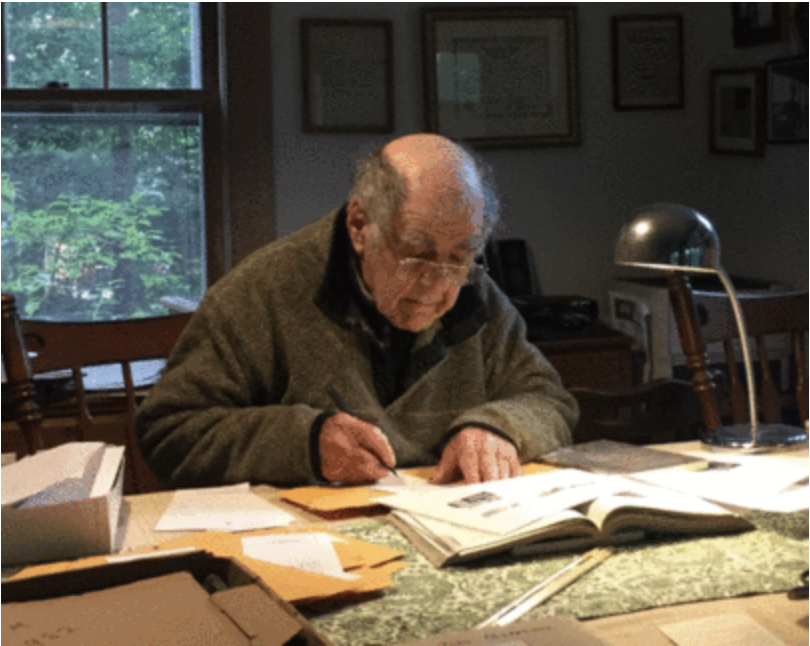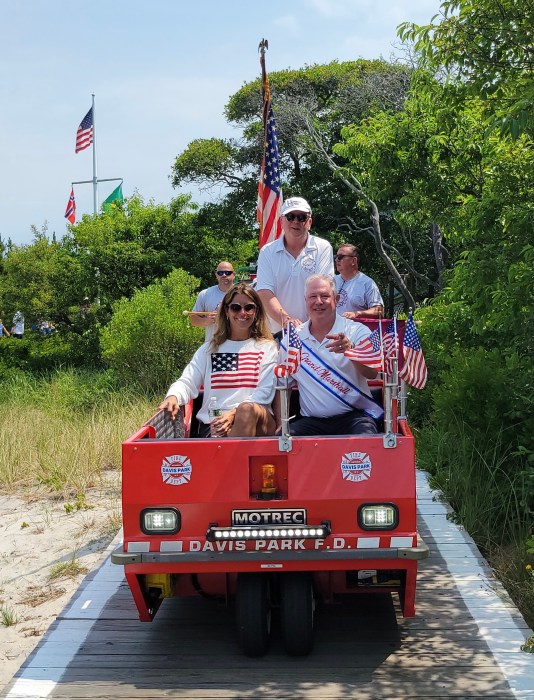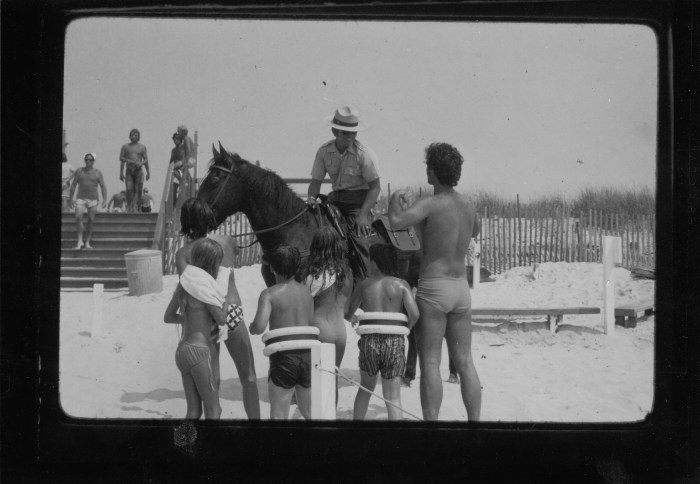Simon Perchik, who recently died at 98, had quite a run.
He was Suffolk County’s environmental prosecutor – becoming in 1975 what he said “may have been” the first full-time environmental prosecutor in any DA’s office in the United States.
“If polluters only have to pay civil penalties, that, they figure, is the cost of doing business. Facing criminal charges – that’s an entirely different thing,” Si told me after he became Suffolk’s environmental prosecutor.
He was appointed by Henry F. “Harry” O’Brien, elected Suffolk DA in 1974. O’Brien died last year at 85 of COVID-19. O’Brien wanted to have an environmental prosecutor in his office and Perchik was recommended by a former chief Suffolk DA, Maurice Nadjari. O’Brien worked with Nadjari both when O’Brien was a fellow assistant Suffolk DA and after Nadjari was named by New York Governor Nelson Rockefeller a “super-prosecutor” to take on corruption in New York City. Perchik and Nadjari had gone to New York University School of Law together and were close friends.
Perchik had experience challenging pollution. When he was living on Staten Island, practicing law in Manhattan, he was outraged to find that “when you got off the ferry” from Staten Island “you had to walk into clouds of fumes from idling buses,” Si recounted. He brought a lawsuit that succeeded in stopping the idling of the buses.
As environmental prosecutor in Suffolk, Si broadened his environmental range bringing numerous cases – and was not reluctant to speak out about environmental issues here.
“In a Throwaway Age, A Throwaway County” was the headline of a 1979 piece by Si in The New York Times. The column, which is online, began by noting the emergence of a “throwaway” culture nationally. “And now Suffolk County, a microcosm of the nation, is added to the list: one more endangered species,” Si wrote.
“Suffolk was a machine that turned its air and water into gold…Clean waters enriched the fishermen. Suffolk’s Great South Bay was the world’s largest source of hard-shell clams. Clean air and water drew a resident population, created a viable tourist industry,” he continued. “The work force that clings to New York City came joyously to buy a weekend of Suffolk’s air, a few hours of Suffolk’s beach, Suffolk’s water. That symbiotic relationship is threatened now.”
“Come to Suffolk County,” Si said. “You will like it here. But don’t drink the water. Don’t breathe the air.”
An example: two spills of jet fuel at the county-owned Francis S. Gabreski Airport in Westhampton and “private drinking wells of 45 neighboring families became extinct. The contaminated water plume continues on its way underground to the marine life on Suffolk’s south shore.”
“Bit by bit, Suffolk’s clean waters become extinct. Clam beds as far east as Montauk Harbor are closed from water pollution,” he continued.
He related how the U.S. Environmental Protection Agency the year before had “made public its study that found Suffolk had not attained federal clean-air standards.”
And he told of the Peconic River in Suffolk County having “high levels or radiation” because of impacts from Brookhaven National Laboratory.
Brookhaven National Laboratory was established, on a former Army base in Upton, by then U.S. Atomic Energy Commission in 1947 as a facility to develop civilian uses of nuclear technology and to do atomic research. Perchik took on radioactive contamination caused by BNL and, as a result, had a conflict with a member of his family. His brother-in-law, Arthur Humm, who began working at the laboratory in 1949, in 1968 was promoted to director of radiation protection at BNL’s High Flux Beam reactor. Perchik had many arguments with Humm, who defended the laboratory and its practices – until Humm developed lung cancer.
A BNL practice was pumping out a pool into which irradiated water from the High Flux Bream reactor flowed and then have Humm, wearing only a face mask, attempt to scrub away radioactive residue on the walls of the pool with a brush.

Photo courtesy of the Simon Perchik Poetry website.
In 1981, a terminally ill Humm brought a multi-million dollar lawsuit against the federal government charging that his lung cancer was a result of his inhaling radioactive particles in this process.
When Si retired, he devoted himself fully to writing poetry. He was prolific. Stated Library Journal: “Simon Perchik is the most widely published unknown poet in America.” His poetry appeared in numerous magazines including The New Yorker and in more than 30 books.
He died surrounded by family, in June at the Veterans Administration Hospital in New York City.
A WVVH-TV 2009 video interview of Si by Virginia Walker of Shelter Island, a finalist for Suffolk County Poet Laureate and a professor, on her program “Ideas and Images,” can be viewed online on YouTube.































